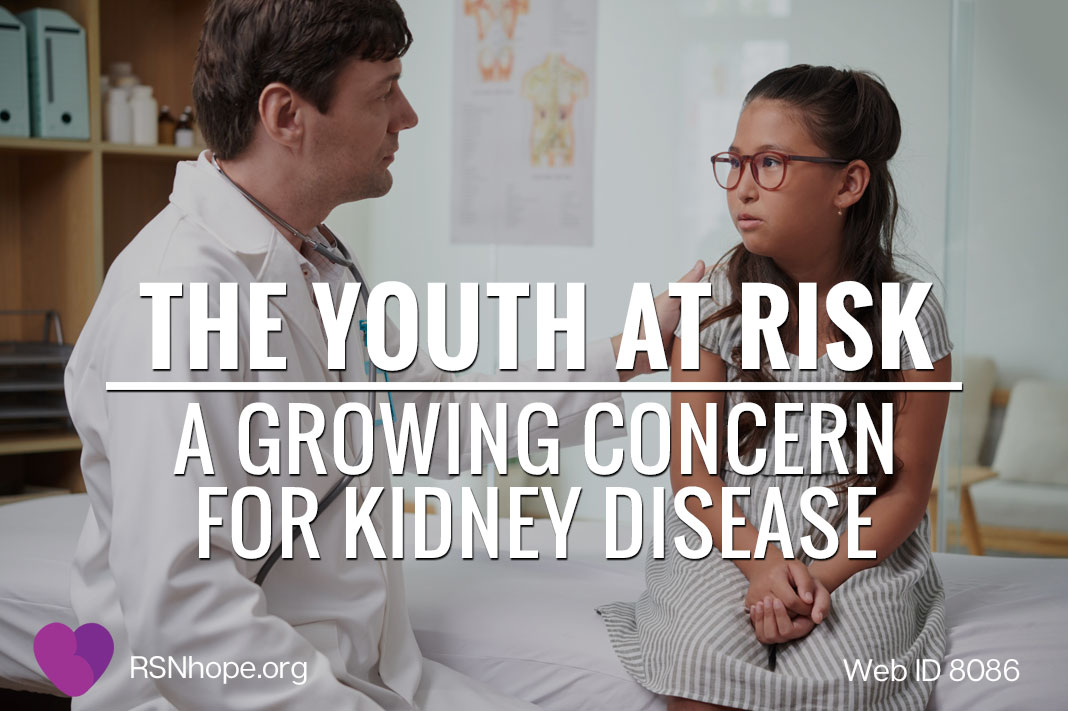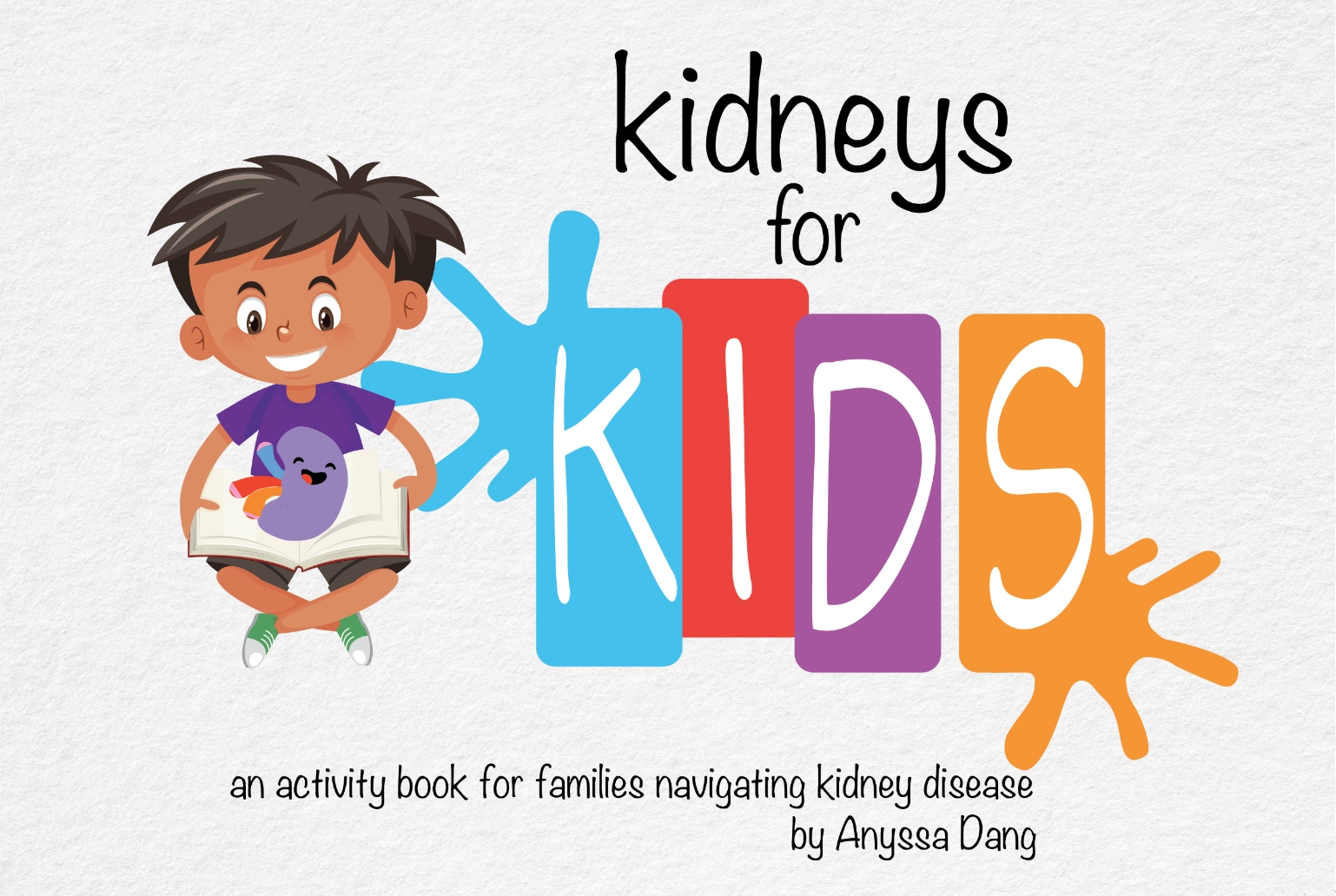Kidney Disease and Youth
Kidney disease and kidney failure are conditions that affect individuals of all ages, including children. While it might be surprising to think of kids having such ailments, the reality is that numerous factors can contribute to these conditions in young individuals. Understanding why children may develop kidney disease or kidney failure is crucial for raising awareness and taking preventive measures.
There are several potential causes of kidney disease in children, including:
1. Congenital anomalies: Some children are born with structural abnormalities in their kidneys, such as polycystic kidney disease, renal dysplasia, or obstructive uropathy.
2. Inherited conditions: Certain genetic disorders can lead to kidney problems in children, such as Alport syndrome, cystinosis, or nephronophthisis.
3. Urinary tract infections (UTIs): Severe or recurrent UTIs can sometimes lead to kidney damage if left untreated.
4. Glomerulonephritis: This refers to inflammation of the glomeruli (tiny blood vessels) within the kidneys and can be caused by various factors like infections (such as strep throat), immune system disorders, or certain medications.
5. Systemic diseases: Conditions that affect multiple organs in the body may also impact the kidneys. Examples include systemic lupus erythematosus (SLE), diabetes mellitus, and Henoch-Schönlein purpura.
6. Kidney stones: Although less common in children than adults, kidney stones can still occur and cause damage to the kidneys if not properly managed.
7. Medications and toxins: Certain medications or exposure to toxic substances may harm the kidneys and result in kidney disease.
It’s important to note that this is not an exhaustive list and that each case of pediatric kidney disease is unique. If you suspect your child may have a kidney issue or if they have been diagnosed with one already, it’s crucial to consult with a healthcare professional for proper evaluation and management.




